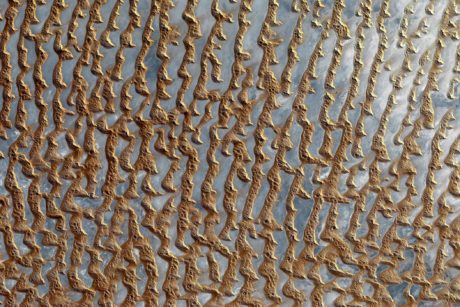The aim of this study for the Federal Office of Transport is to assess the environmental impact and costs of various ways of utilising excavated track material. In particular, different types of cleaning and processing of railway ballast and substructure as well as their recycling or landfilling are to be analysed. The ecological assessment was carried out using the life cycle assessment method. An eco-efficiency analysis was also carried out in order to recognise which variants are optimal from both an ecological and an economic point of view.
From an ecological point of view, those variants in which the highest possible proportion of railway ballast is reused as cleaned coarse ballast or as RC ballast perform significantly better. The main reason for this is the conservation of hard rock resources. Although these are available in sufficient quantities as pure mineral resources, their extraction is limited in Switzerland from a spatial planning perspective. As a result, some hard rock ballast is already being imported from abroad, which leads to a greater environmental impact.
Partial utilisation of railway ballast as a gravel substitute, e.g. in concrete production or road construction, cannot be recommended from an ecological point of view, as hard rock is a much scarcer resource than gravel, partly because recycled material can also be used as a gravel substitute, which is not suitable as ballast in track construction.
If only the ballast is cleaned, this can be done on the track. This is preferable to centralised processing from both an ecological and economic point of view.
If the substructure also needs to be replaced, separate excavation of ballast and substructure is preferable to joint excavation from an ecological point of view.



